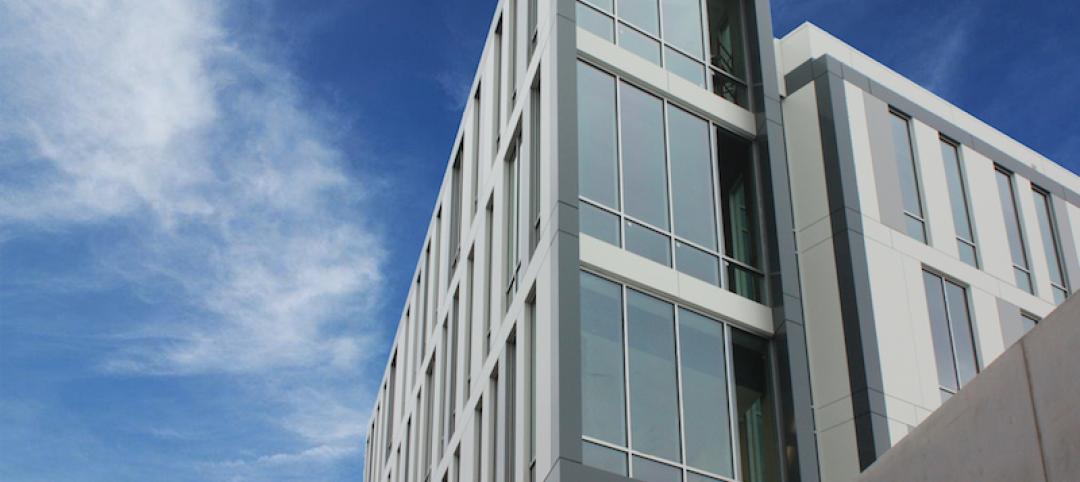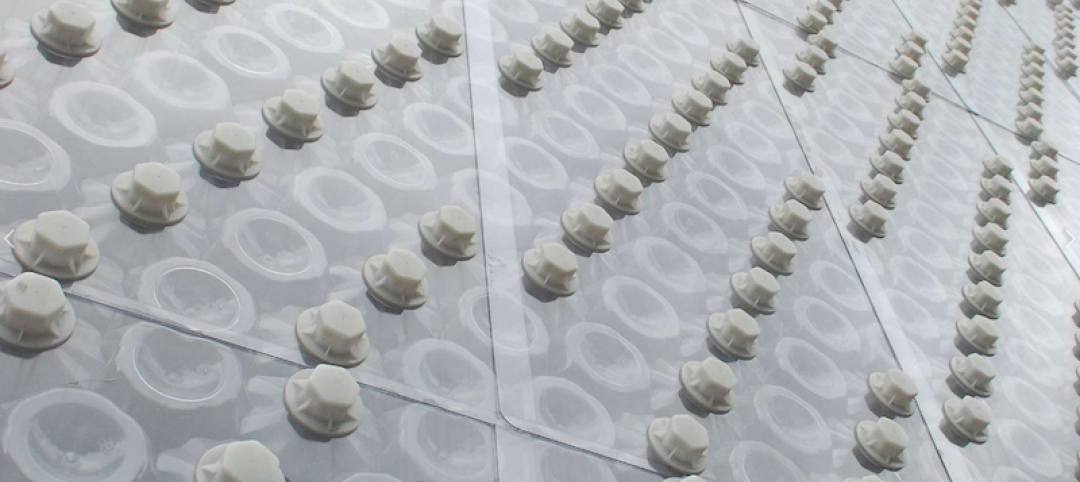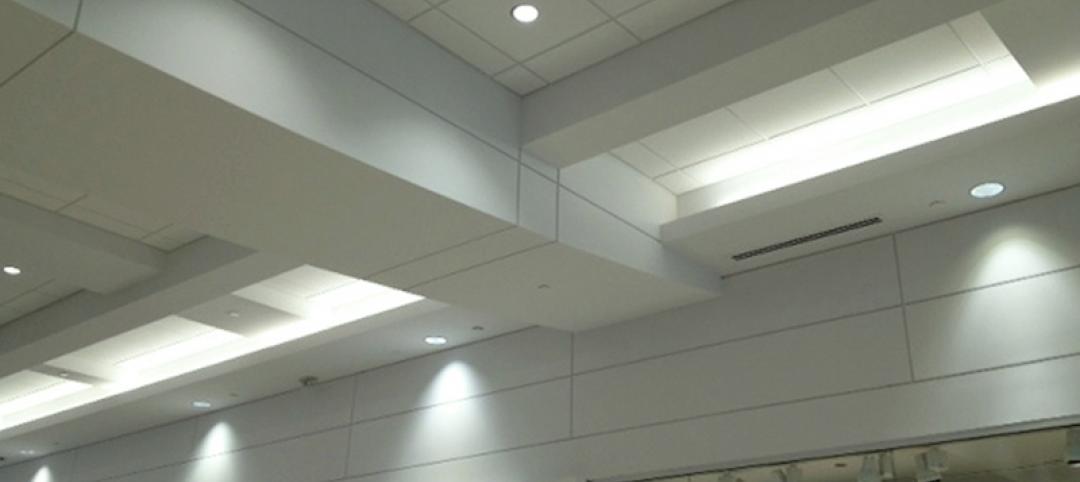At a meeting hosted by the White House Rural Council, Agriculture Secretary Tom Vilsack announced a new partnership to train architects, engineers, and builders about the benefits of advanced wood building materials, and plans for a forthcoming prize competition to design and build high-rise wood demonstration projects.
Innovative use of wood products is already beginning to change the face of construction across the country, and USDA is undertaking efforts to support these advancements. These efforts also support President Obama's Climate Action Plan goal of preserving the role of forests in mitigating climate change.
Wood may be one of the world's oldest building materials, but it is now also one of the most advanced, said Vilsack. Building stronger markets for innovative new wood products supports sustainable forestry, helps buffer reduce greenhouse gas emissions, and puts rural America at the forefront of an emerging industry.
Presently, the market for wood and other related forest products supports more than one million direct jobs, many in rural America. As these markets expand, so will the economic opportunities.
The new training program Secretary Vilsack announced will include a $1 million investment from the Forest Service and will be done in partnership with WoodWorks, a non-profit organization that provides technical support, education, and resources related to the design of modern wood buildings for architects, engineers, and developers.
The Secretary also announced plans to launch a new prize competition, expected to begin later this year, for developers, institutions, organizations, and design teams competing to demonstrate the architectural and commercial viability of using sustainable wood products in high-rise construction.
The Department is planning to invest up to $1 million to launch the competition. One non-profit partner, the Binational Softwood Lumber Council, has committed an additional $1 million for the competition. The competition will help spur increased sustainability in construction and will give priority to applicants that source materials from rural domestic manufacturers and domestic, sustainably-managed forests.
Emerging engineered wood technologies can be used in industrial building projects such as tall buildings and skyscrapers, as well as other projects. By some industry estimates, a 3-5 story building made from emerging wood technologies has the same emissions control as taking up to 550 cars of the road for one year. Wood-based designs have also been demonstrated to improve energy efficiency, thereby reducing energy consumption for heating and cooling.
These announcements were made as part of a the Building With Wood: Jobs and the Environment workshop hosted by the White House Rural Council, which included architects, builders, designers, wood manufactures, foresters, state officials, university leaders and representatives from the USDA, General Services Administration, Department of the Interior, Federal Emergency Management Agency and Department of Defense. They also are part of USDA's overall strategy to promote the use of wood as a green building material. USDA's Forest Products Laboratory in Madison, Wisconsin has invested over $2 million in research and technical support for emerging wood technologies. The Forest Products Laboratory has created additional opportunities for emerging wood technologies to be used in housing developments and other green building demonstration projects.
When President Obama signed the 2014 Farm Bill in February he directed his Administration, working through the White House Rural Council, to lead a new Made in Rural America export and investment initiative. This initiative is charged with bringing together federal resources to help rural businesses and leaders take advantage of new investment opportunities and access new customers and markets both at home and abroad. White House Rural Council leadership on advanced wood products is an example of how the Administration is moving forward on dual goals of domestic production and sustainability.
Related Stories
| Jun 13, 2017
Accelerate Live! talk: Next-gen materials for the built environment, Blaine Brownell, Transmaterial
Architect and materials guru Blaine Brownell reveals emerging trends and applications that are transforming the technological capacity, environmental performance, and design potential of architecture.
Sponsored | Building Materials | Jun 9, 2017
Problem solving in Asheville with R-Trac & ALPOLIC® materials
The developers of the recently opened Asheville City Center sought out a cost-effective design that met code requirements while still allowing the building to feel open from the outside.
Sustainability | May 16, 2017
1.5 million recycled plastic bottles were used to build this nine-story structure in Taipei
The building is made of Polli-Brick, a building material that comes from 100% recycled Polyethylene Terephthalate Polymer.
Building Technology | May 5, 2017
Tips for designing and building with bathroom pods
Advancements in building technology and ongoing concerns about labor shortages make prefabrication options such as bathrooms pods primed for an awakening.
Building Technology | Apr 21, 2017
AIA selects 2016 Upjohn Research Initiative Projects
Grants awarded to initiatives that study various aspects of design within the built environment.
Market Data | Mar 22, 2017
After a strong year, construction industry anxious about Washington’s proposed policy shifts
Impacts on labor and materials costs at issue, according to latest JLL report.
Sponsored | Building Materials | Mar 20, 2017
Vinyl reveals meet increasing demand
With a tight school renovation budget and timeline, the Oak Grove Elementary cafeteria, designed by RuckPate Architects/CS2 Designs, utilized Architectural Reveals to build curving soffits with a racing stripe reveal design.













